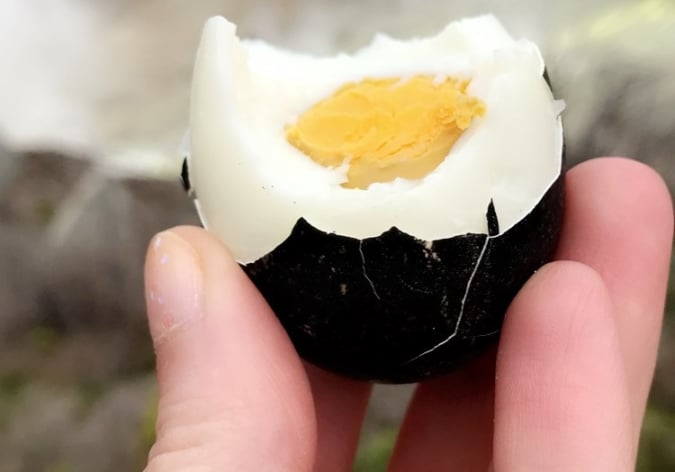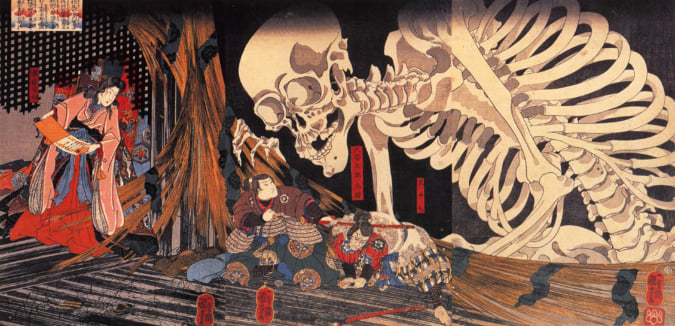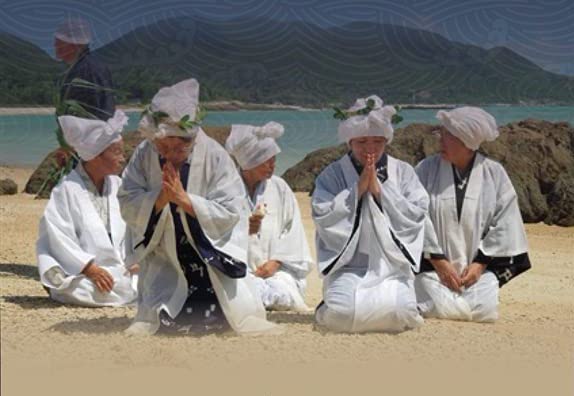Gaku, Master of Fruit and Vegetable Sculpture
The artist revisits the practice of ‘mukimono’ by sculpting patterns and motifs in bananas, avocados and kiwis.
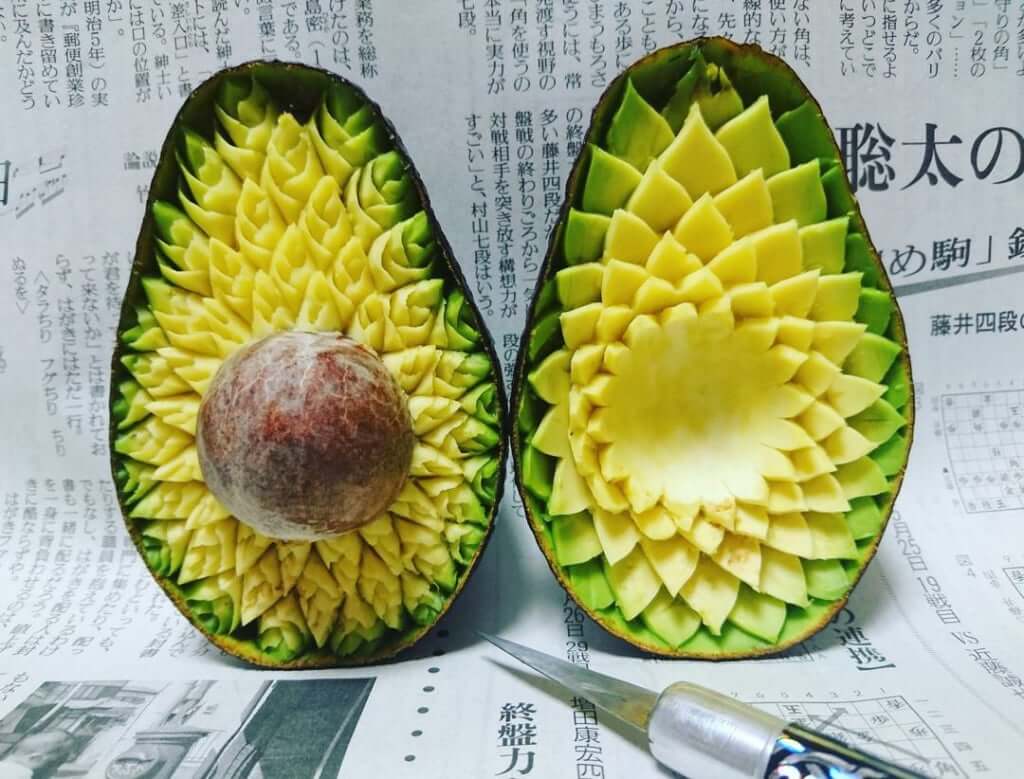
© Gaku
To create his sculptures, Gaku (real name Takehiro Kishimoto) eschews marble and wood in favour of bananas, avocados, kiwis and broccoli.
Armed with a set of knives, he revisits the ancient practice of mukimono (literally ‘peeled thing’ in Japanese).
A race against fruit oxidation
By digging into the flesh of fruits and vegetables and playing with the texture of their skin, he produces complex geometric patterns, often inspired by Japanese traditions.
This art, which is celebrated in Thai culture and became popular in Japan in the 17th century, involves a race against time with every piece: the sculpture has to be finished before the fruit begins to rot. For a long time, mukimono featured flower, bird and dragon motifs, but Gaku draws inspiration from very different sources, as evidenced by his One Piece-aubergine and Dragon Ball Z-banana. This painstaking tradition recalls that of sugar sculpture, amezaiku, very popular in the 19th century.
Gaku’s work can be found on his Instagram account.
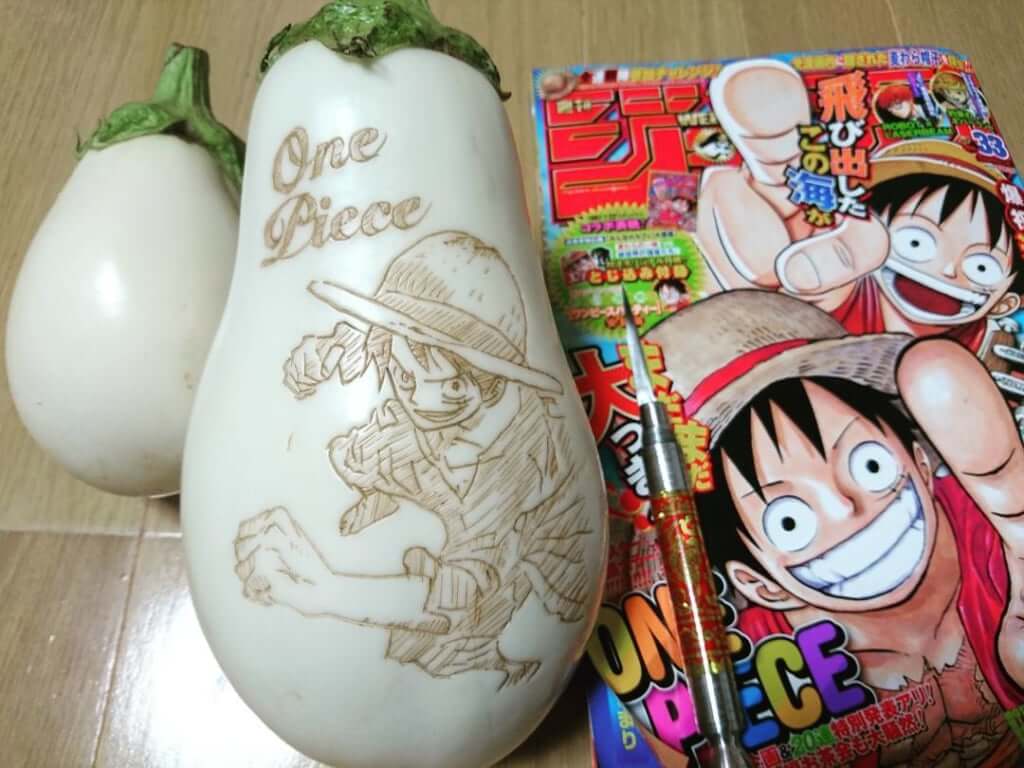
© Gaku
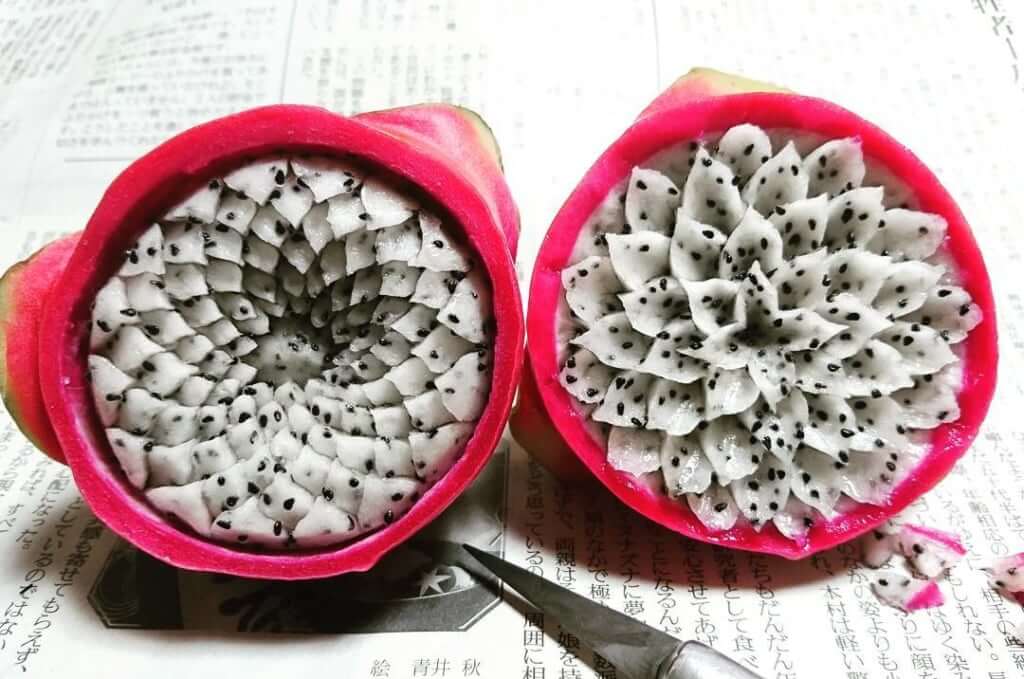
© Gaku
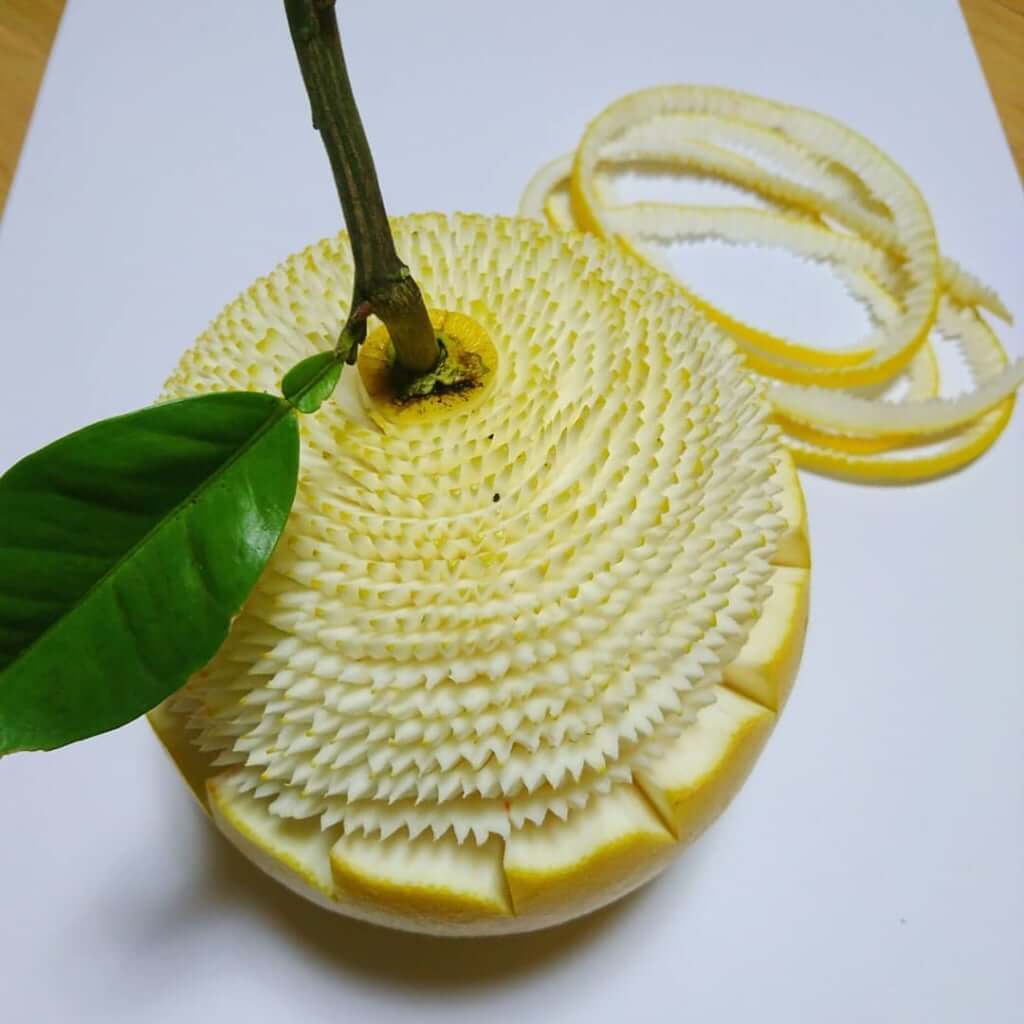
© Gaku
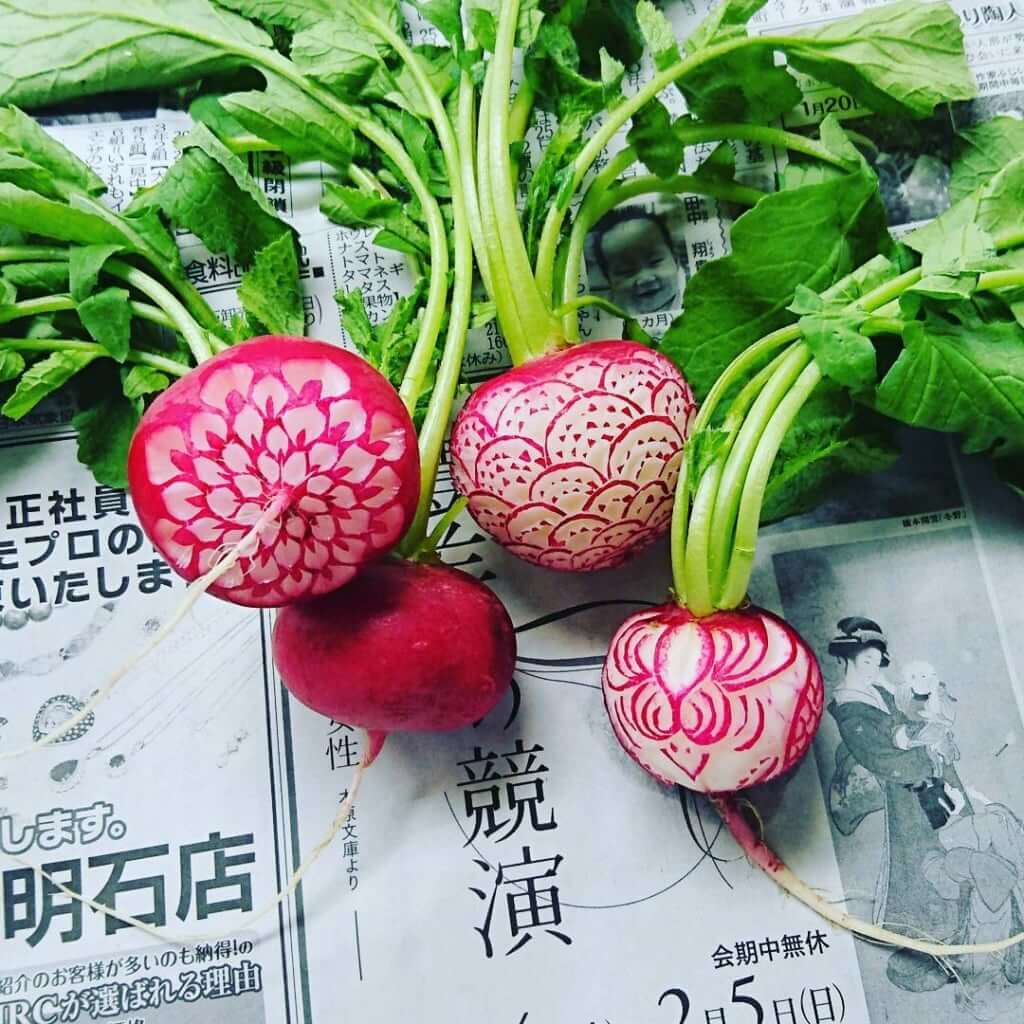
© Gaku
TRENDING
-
The Tradition of the Black Eggs of Mount Hakone
In the volcanic valley of Owakudani, curious looking black eggs with beneficial properties are cooked in the sulphurous waters.

-
The Tattoos that Marked the Criminals of the Edo Period
Traditional tattoos were strong signifiers; murderers had head tattoos, while theft might result in an arm tattoo.

-
Gashadokuro, the Legend of the Starving Skeleton
This mythical creature, with a thirst for blood and revenge, has been a fearsome presence in Japanese popular culture for centuries.

-
‘YUGEN’ at Art Fair Tokyo: Illumination through Obscurity
In this exhibition curated by Tara Londi, eight international artists gave their rendition of the fundamental Japanese aesthetic concept.

-
An Encounter with the Last Shamans in Japan
Sociologist Muriel Jolivet's book offers an analysis combined with a travelogue and interviews with these women with supernatural powers.

